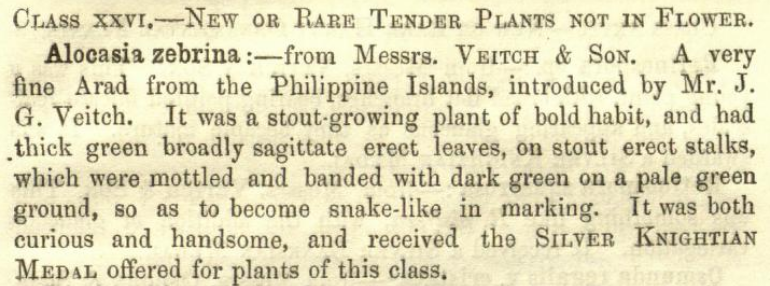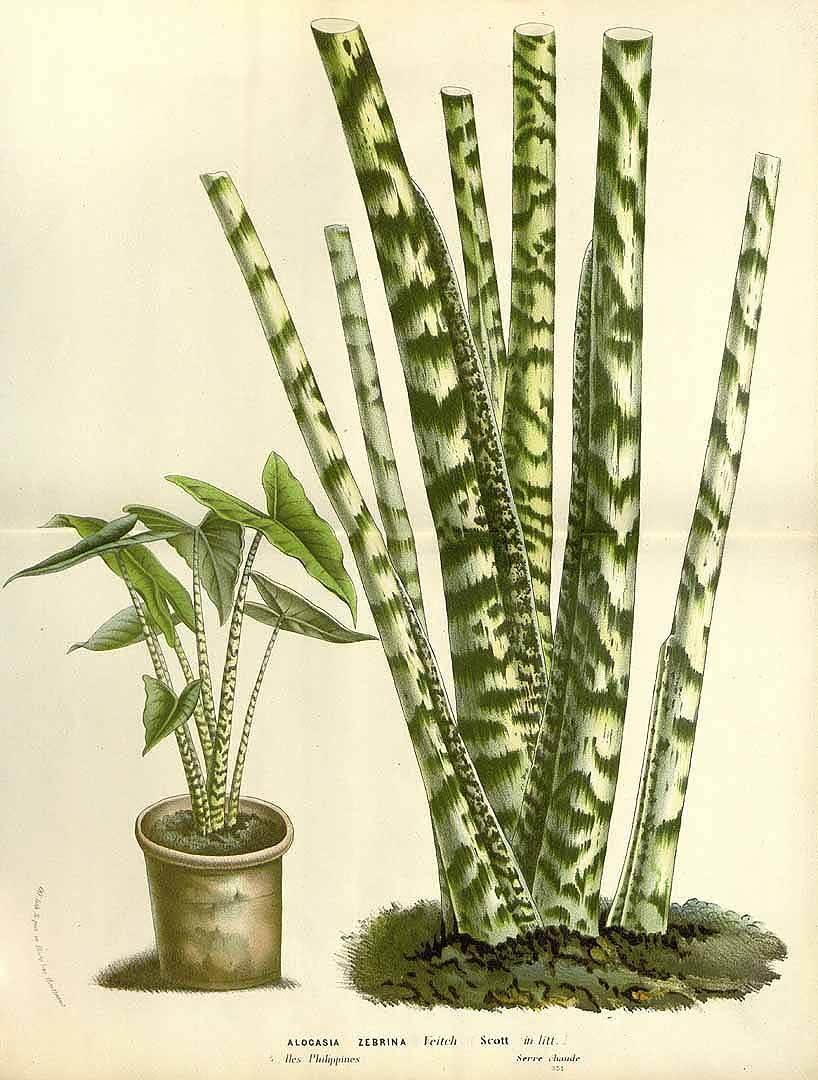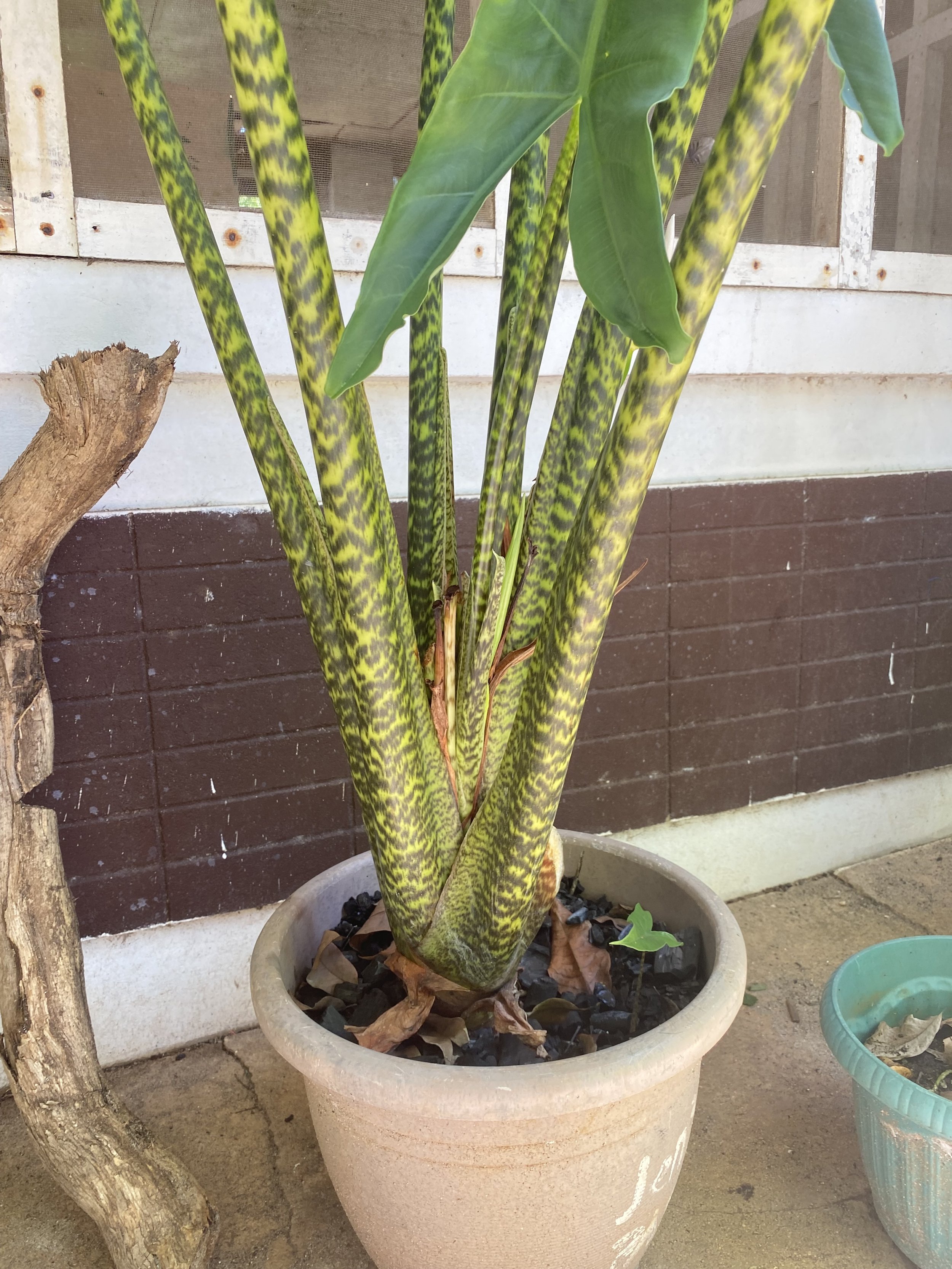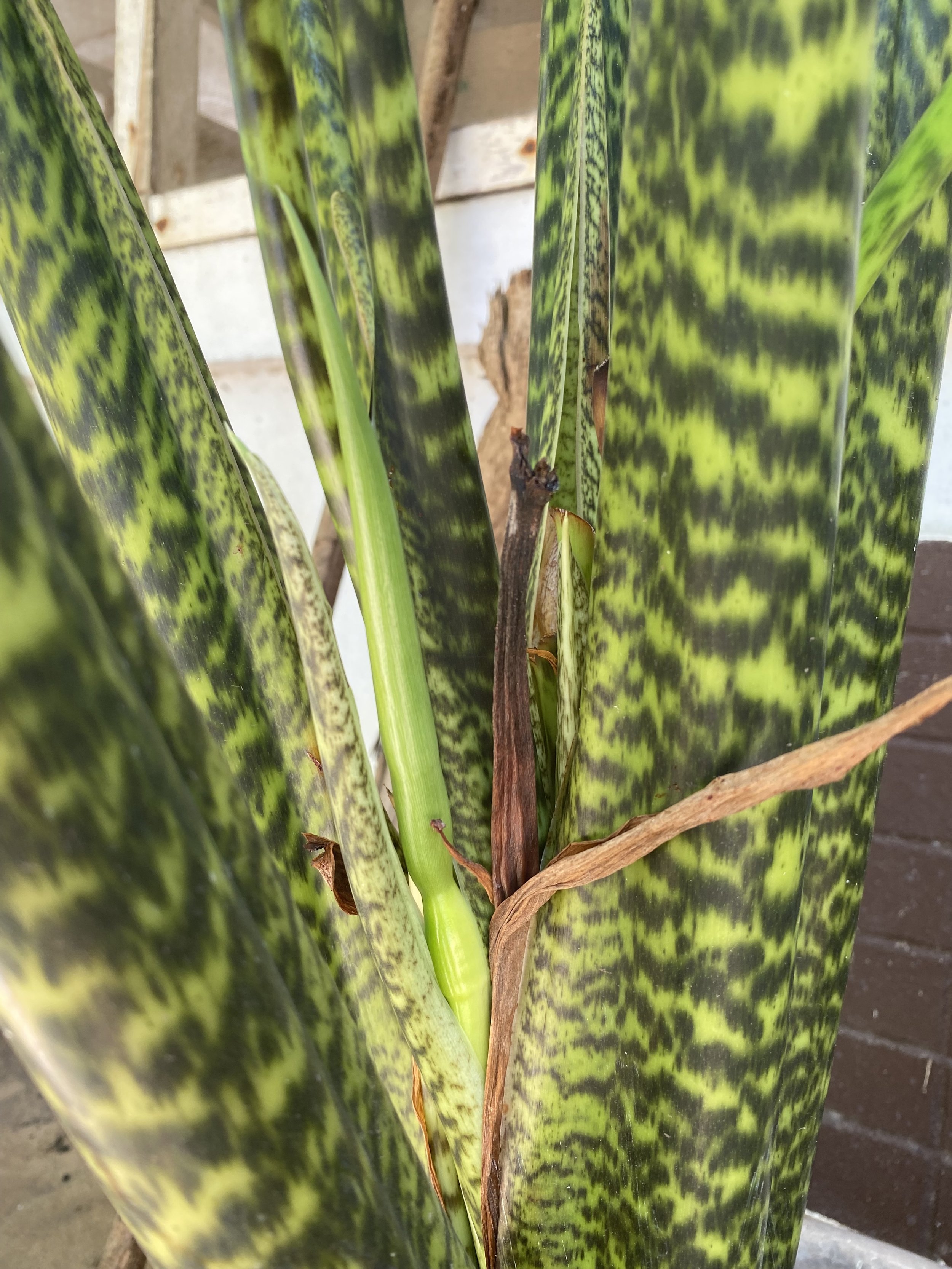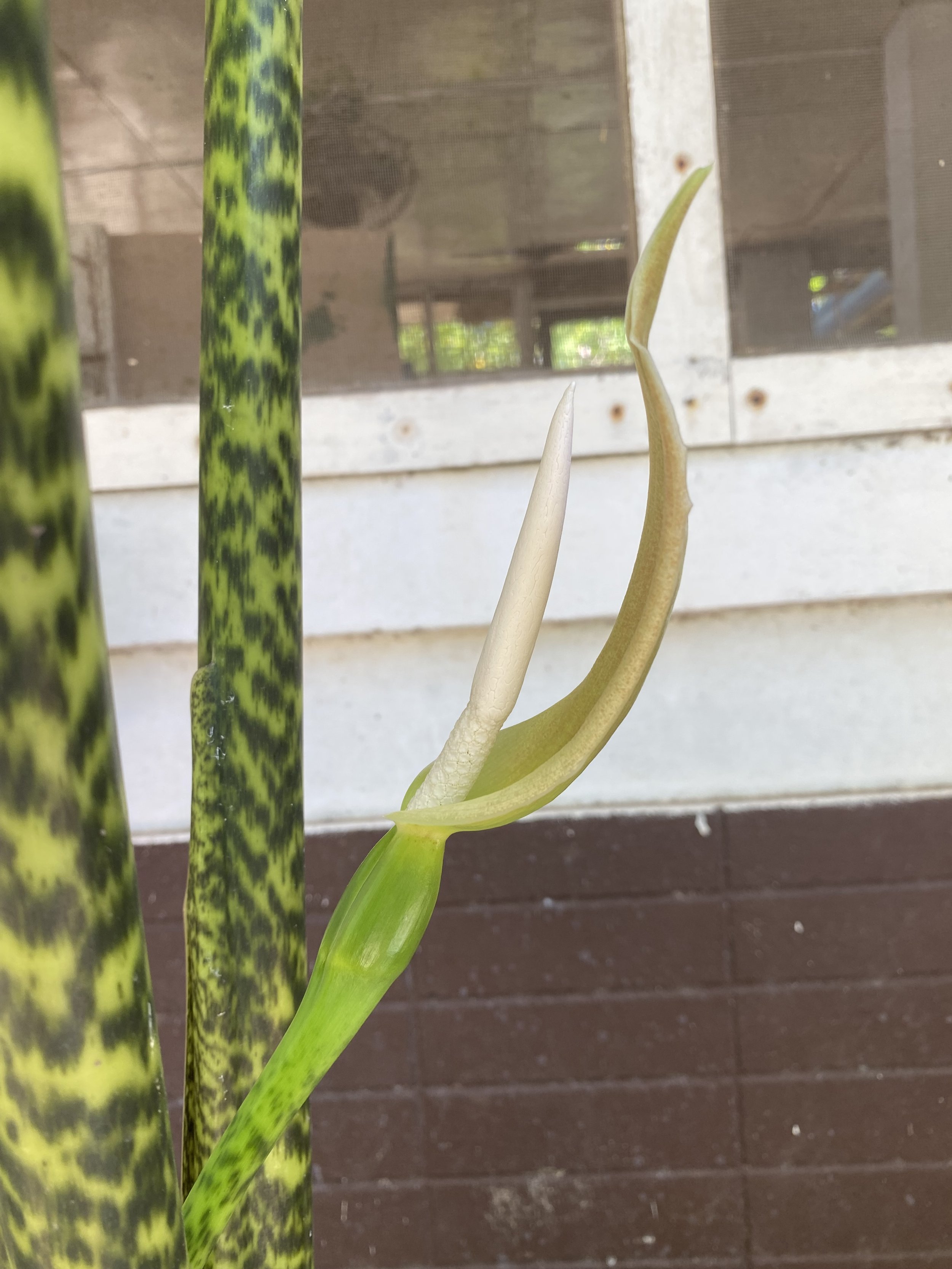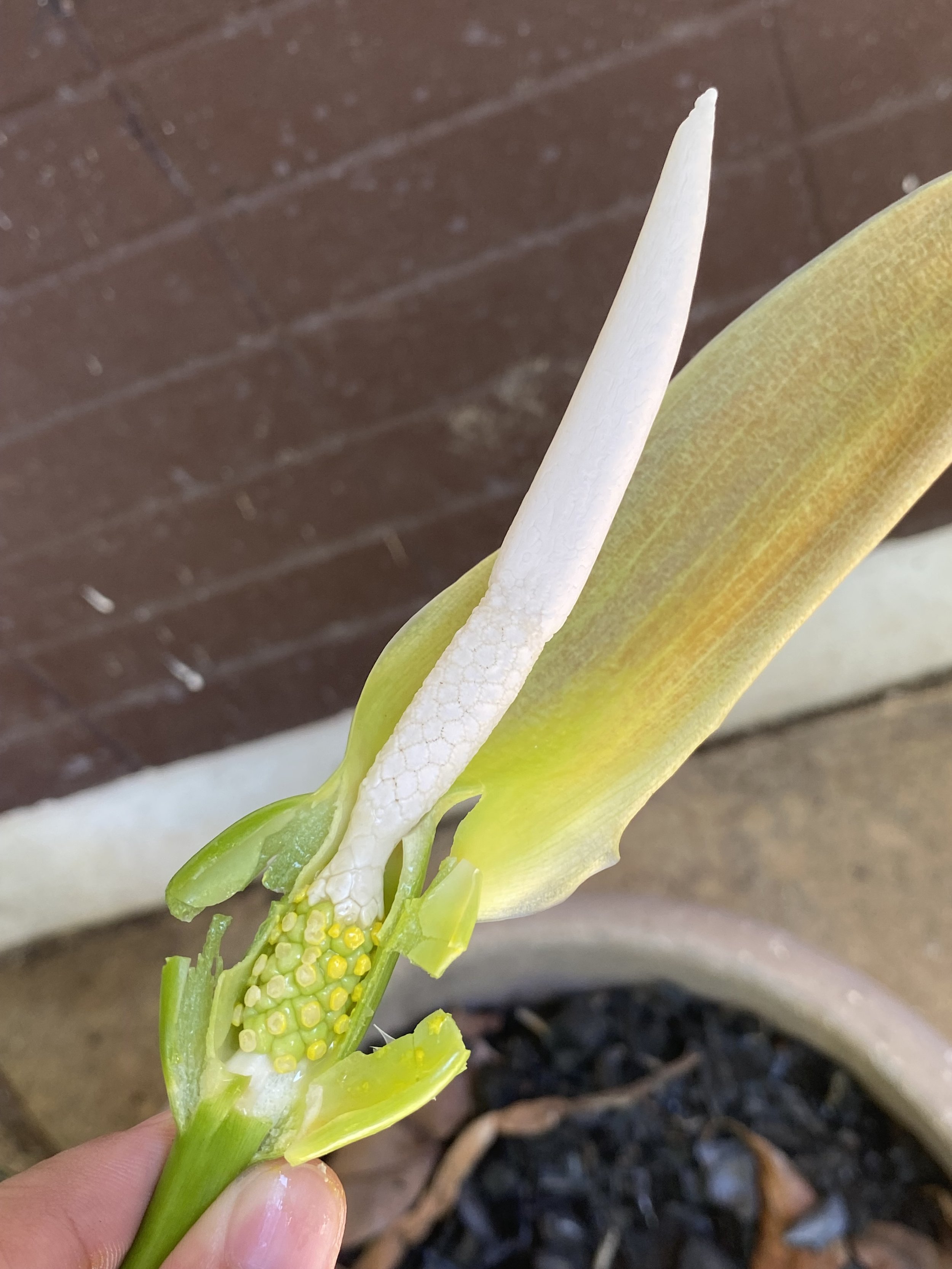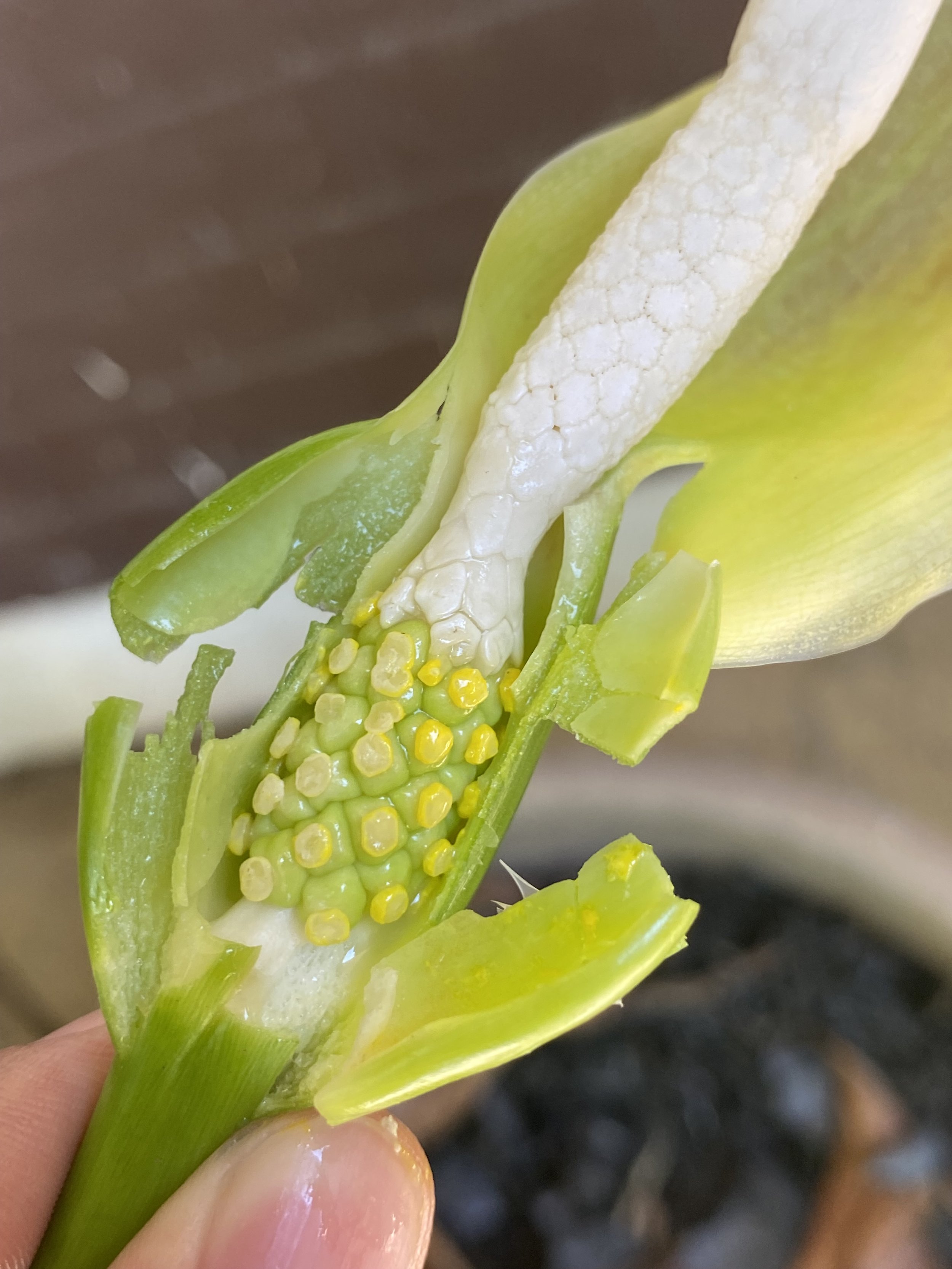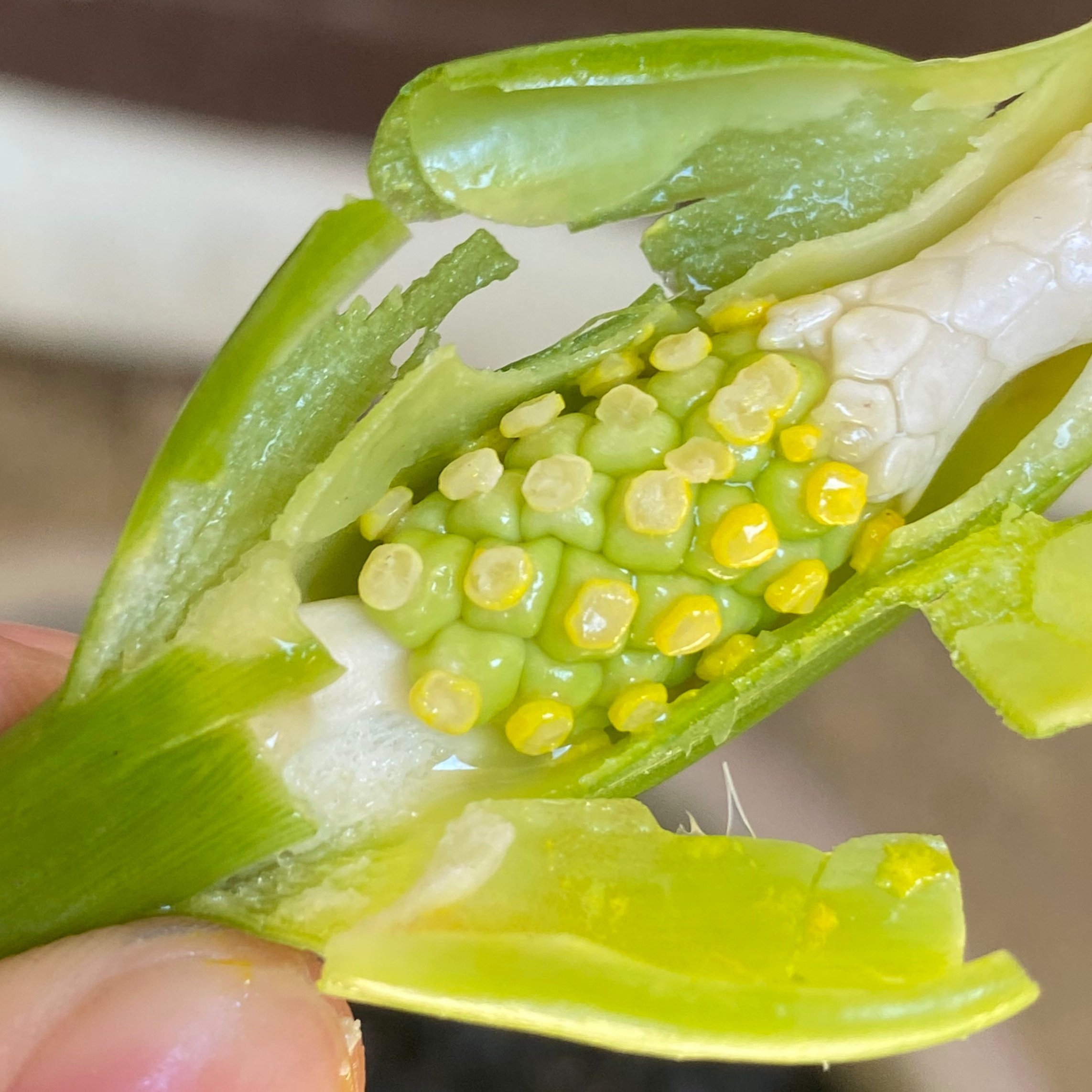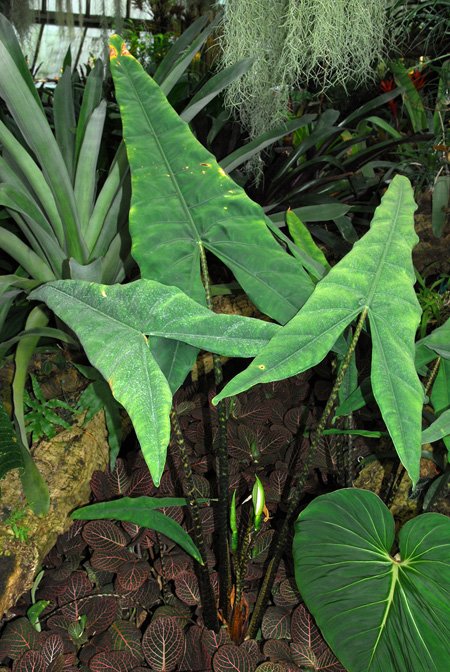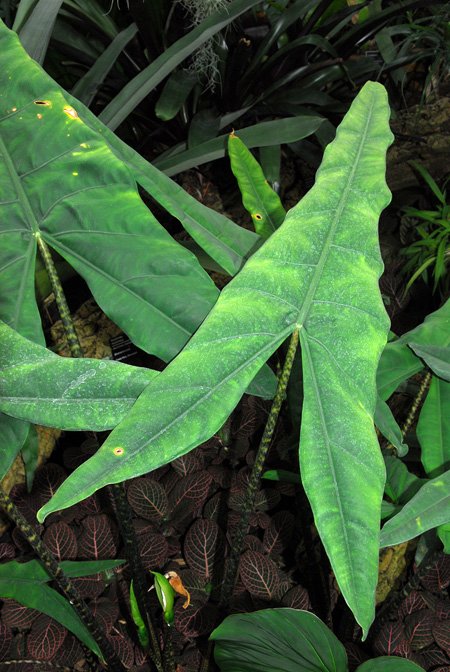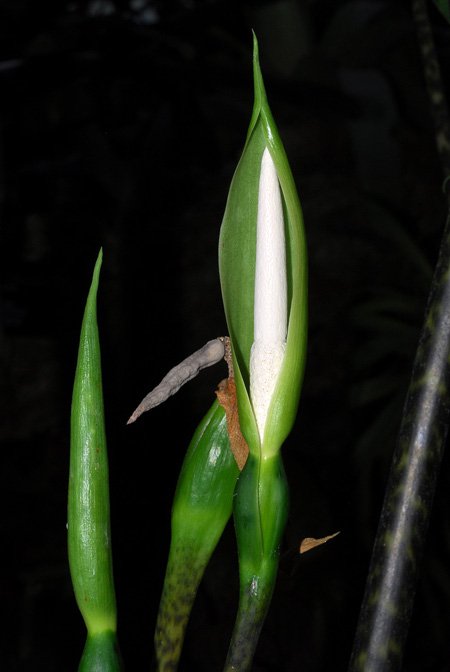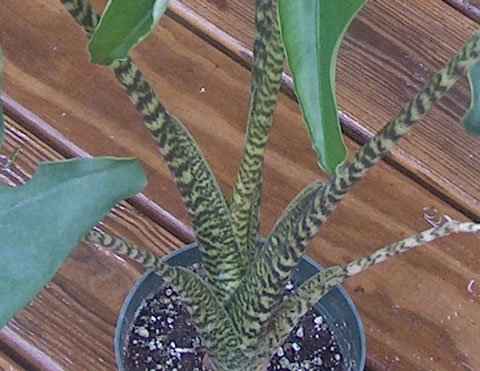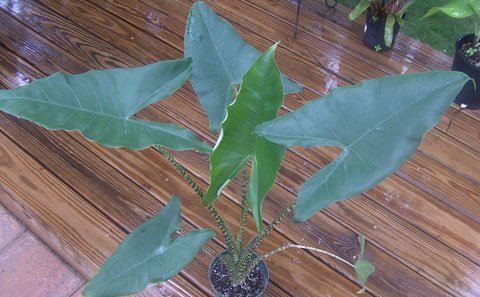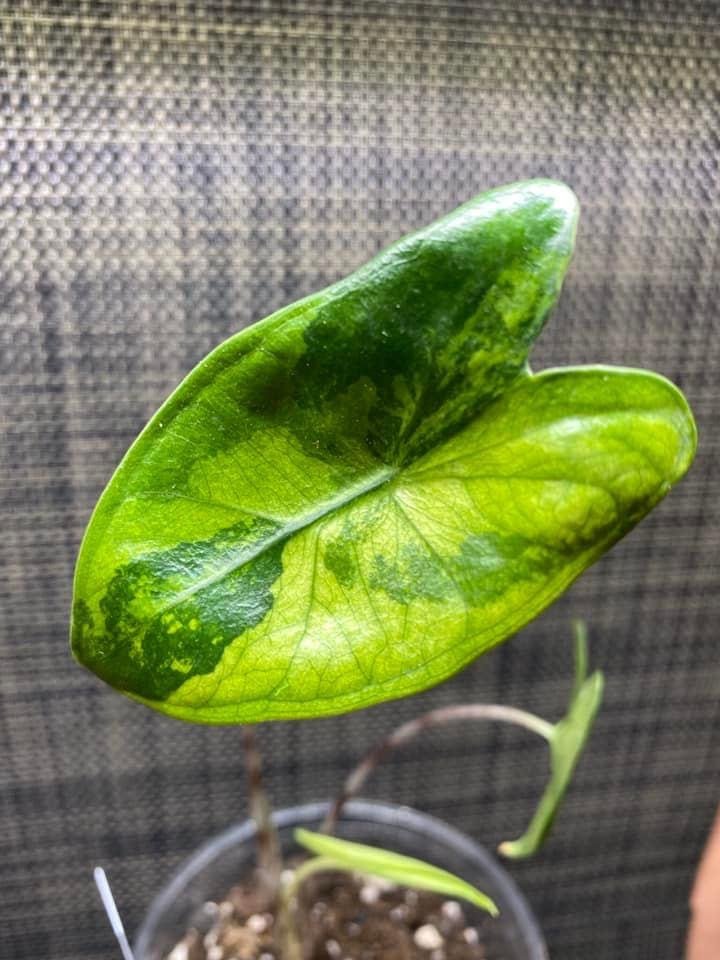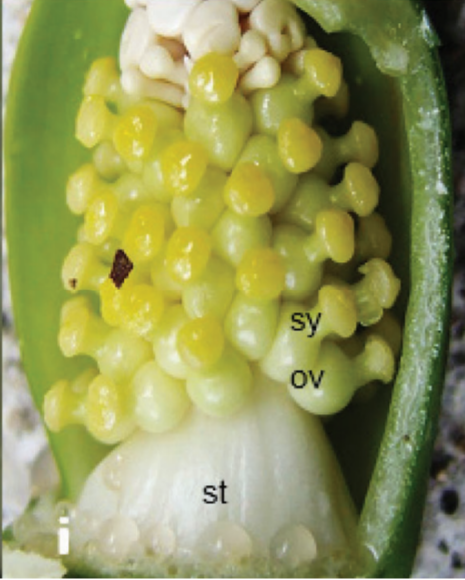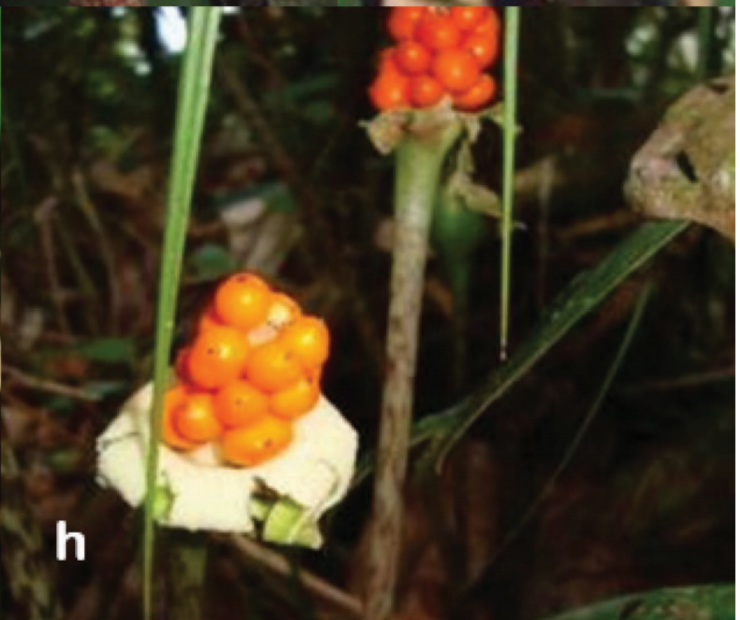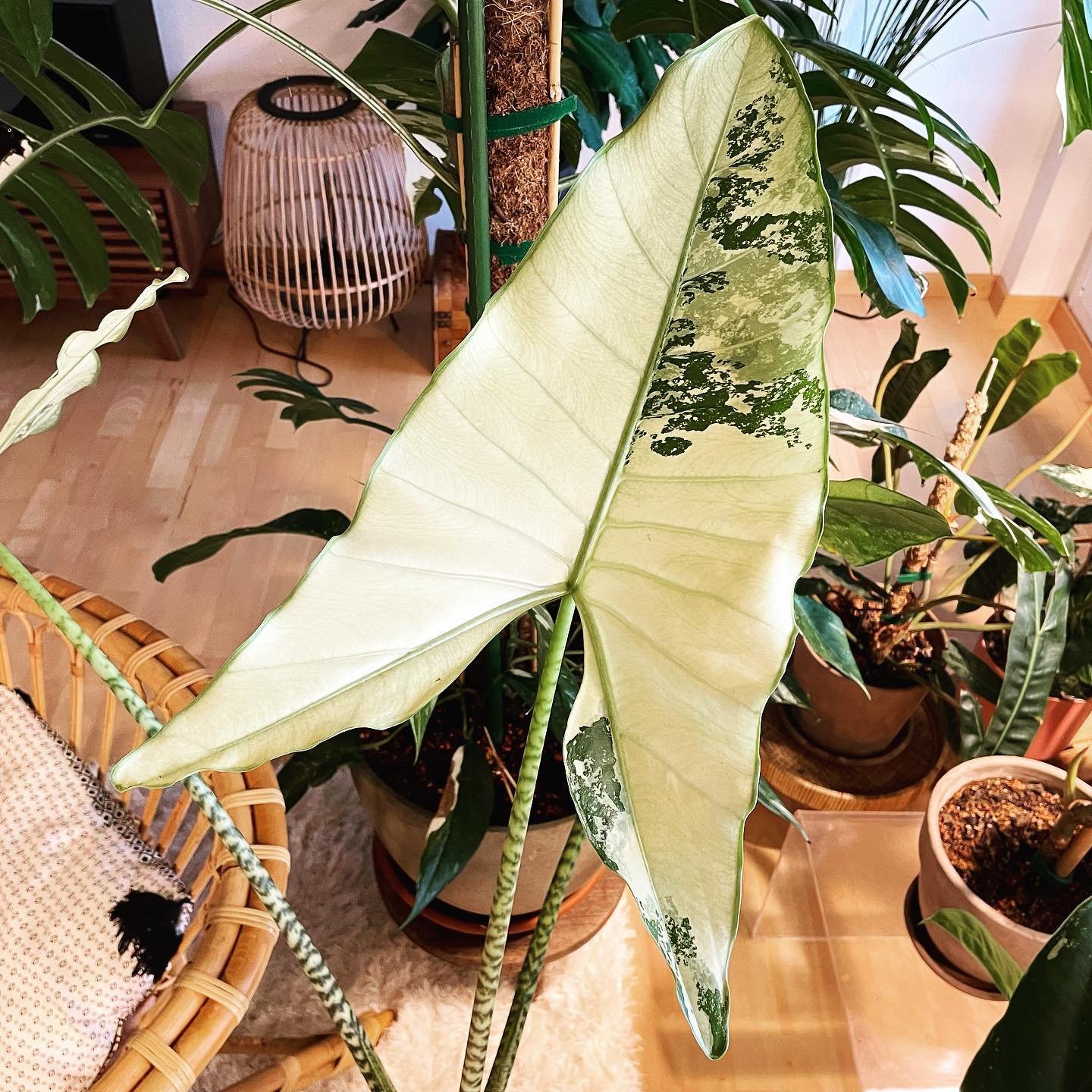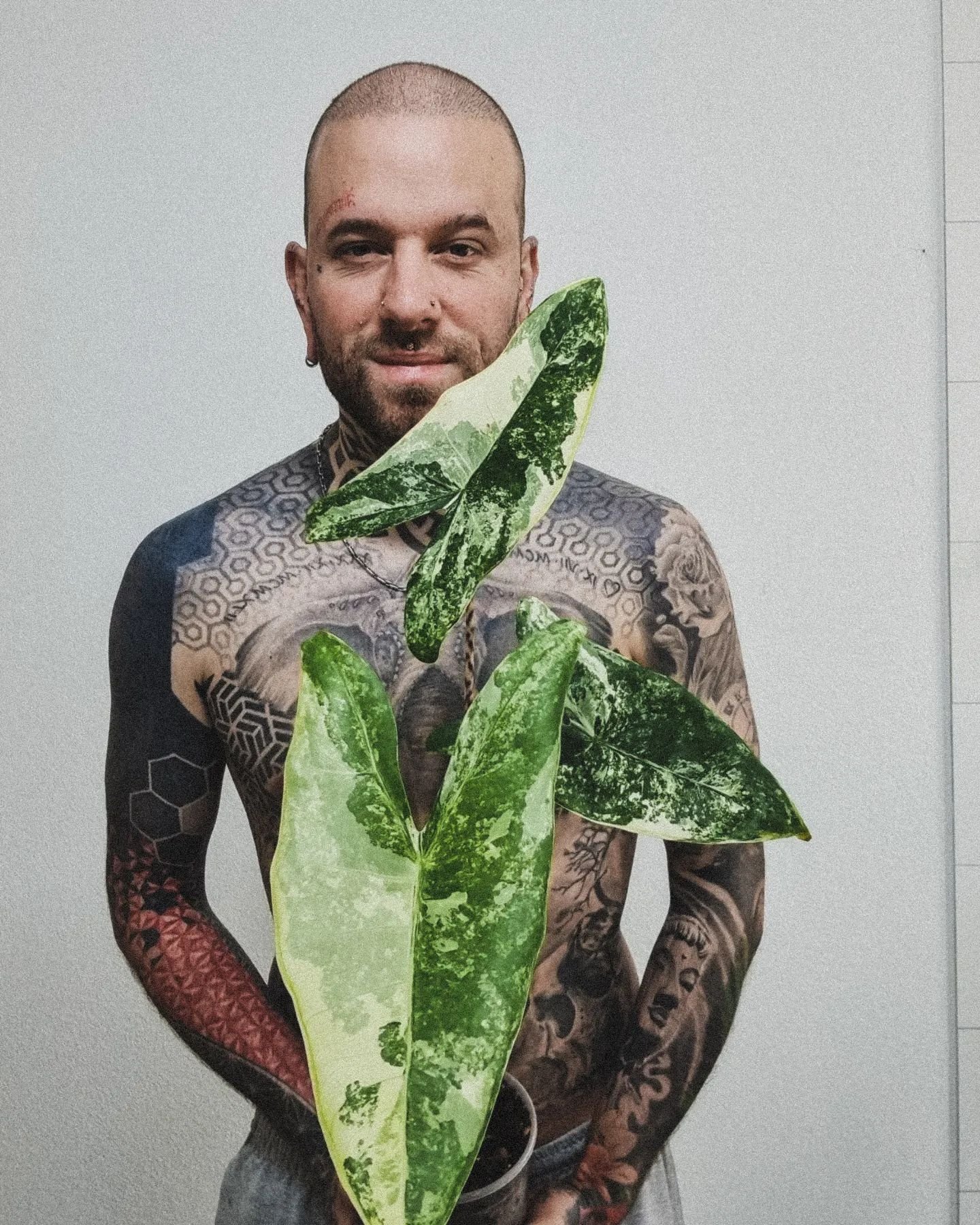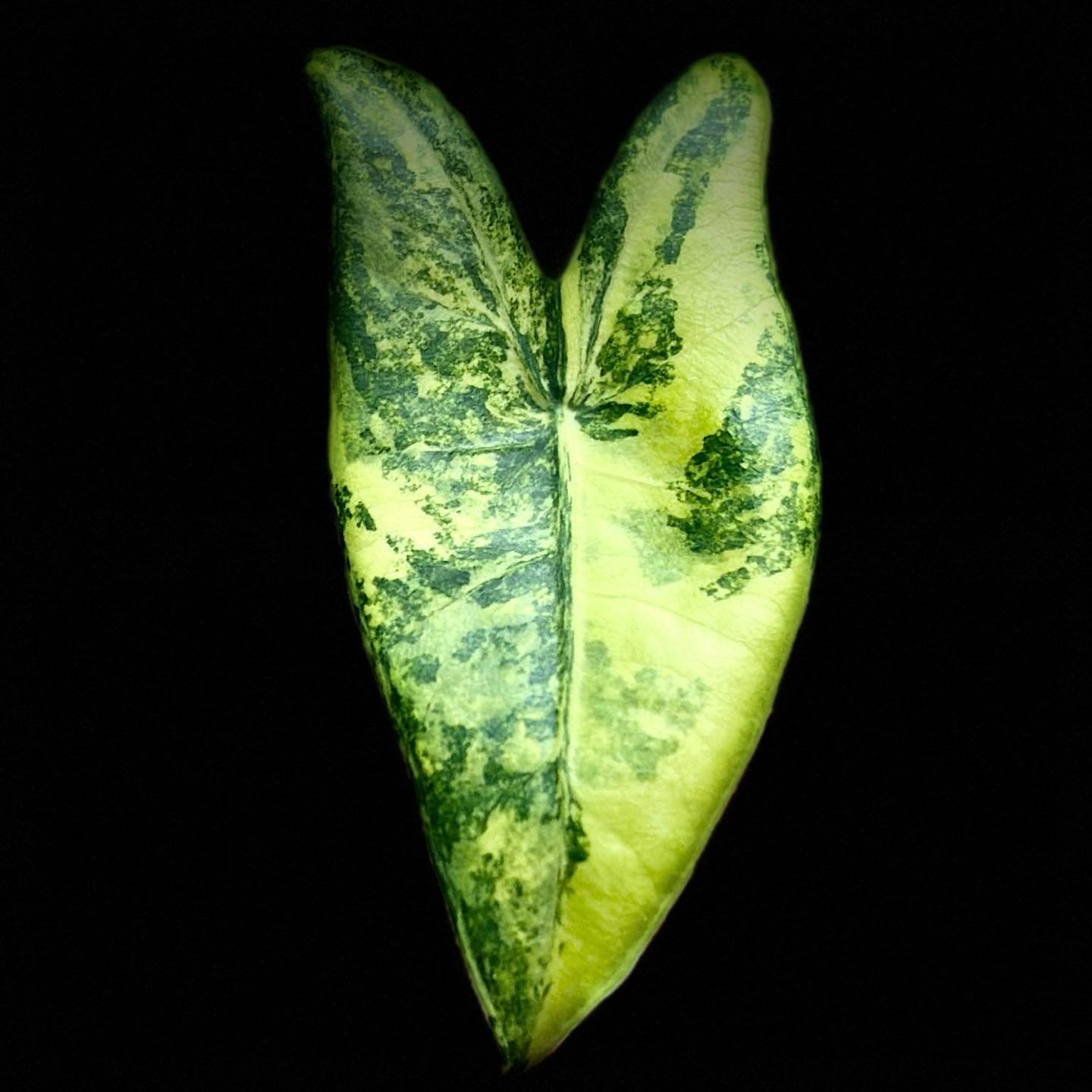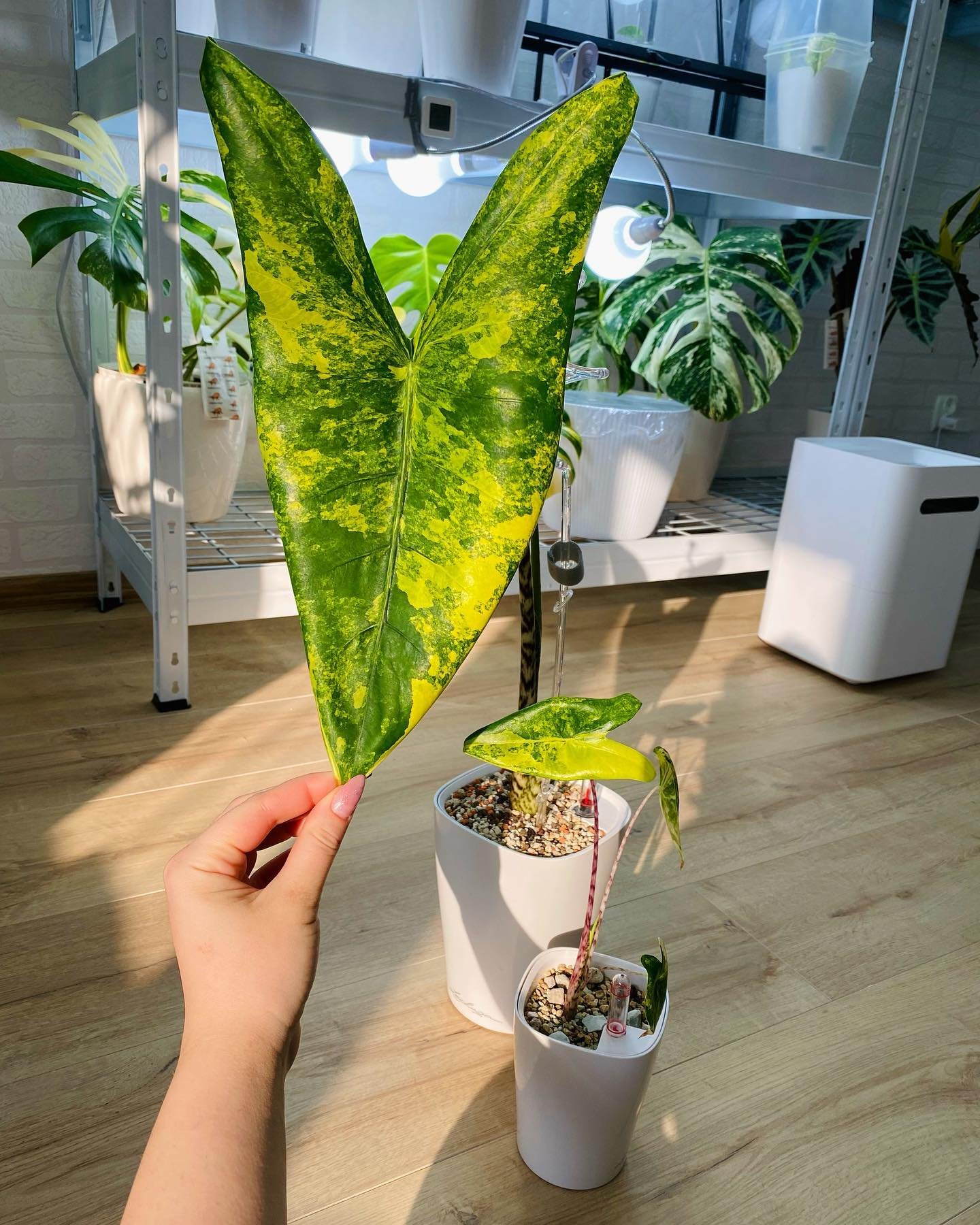ALOCASIA ZEBRINA
ORIGINAL DESCRIPTION:
First described in The Journal of horticulture, cottage gardener and country gentlemen n.s. v.3 (April-Dec) in a visit to Veitch and Sons’ Royal Exotic Nursery in Chelsea (May 1862)
It was officially introduced at the Second Great Exhibition of the Royal Horticultural Society by Veitch and Sons in London on June 11, 1862, where it won a Silver Knightian Medal
When first introduced, Alocasia zebrina retailed for 31 shillings and 6 pence, which is equivalent to approximately $198 (as of Feb. 2023). In comparison, at the same time Alocasia zebrina ‘Tigrina Superba’ retailed for roughly double, 63 shillings which translates to $396 (as of Feb. 2023)
SYNONYMS:
HOMOTYPIC SYNONYMS: N/A
HETEROTYPIC SYNONYMS: Alocasia liervalii, Alocasia wenzelii
ACCEPTED INFRASPECIFICS: N/A
OTHER: Badiang, Handuroi. Snake Plant (1892 plant catalogue shows this alternate name, on account of the likeness of the stems to the skin of the snake), Alocasia ‘Mythic Jungle Music’ and Alocasia ‘Mythic Blackout’ (both incorrect names given by Proven Winners)
DISTRIBUTION: Philippines | Luzon, Mindanao, Leyte, Samar, Biliran, Alabat
CLIMATE: Subtropical humid climate
Humidity is moderate throughout the year, ranging from 60% to 70%
Temperature is varies between the seasons - within the range of 48°F/9°C to 88°F/31°C during the day. Minimum temperatures never dip below 45°F/7°C
Rainy and humid season (October to May) and a dry season between June and October. The average annual rainfall is 1,200 mm
ECOLOGY: Rainforest at low to medium elevation
SPECIES DESCRIPTION:
Moderately robust to robust herb to 1.8 m tall; leaves several together, not interspersed with cataphylls save at the beginning of a sympodial module; petiole to 1.1 m long, sheathing in the lower third, pale green, obliquely streaked brownish and/or darker green; blade rather narrowly sagittate, ca. 45-100 cm long, rather coriaceous, rich glossy green; anterior lobe triangular to somewhat ovate, to 80 cm long, with (4-)6-10 primary lateral veins diverging from each side of the anterior costa at ca. 80-90° and running almost straight to the margin, bearing small axillary glands on the abaxial side; secondary venation flush with the lamina and inconspicuous on both surfaces of the blade, arising from the primary veins at a wide angle then deflected to the margin without forming interprimary collective veins; posterior costae diverging at an acute or right angle, bearing lamina to the sinus and often minutely peltate; posterior lobes elongate, three fifths to two thirds the length of the anterior lobe
INFLORESCENCE:
Inflorescences paired, not in large clusters; peduncle ca. 25 cm long; spathe 13-16 cm long; lower part 2.2-3 cm long, narrowly ovoid, separated from the limb by an abrupt constriction corresponding with the sterile interstice of the spadix; limb narrowly lanceolate, erect; spadix somewhat shorter than the spathe, stipitate for ca. 7 mm; stipe conic; female zone 1.4-2 cm long x ca. 8 mm wide; ovaries globose; stigma weakly lobed, subsessile; sterile interstice ca. 1 cm long, distally attenuate; male zone cylindric, ca. 3-4.5 cm long x 5 mm thick (dry); synandria rhombo-hexagonal, 1.5-2 mm diam., capped by synconnective; appendix distinctly narrower (at least in dry state) than male zone, 4.5-5 cm long, tapering; fruiting spadix globose, ca. 4.5 cm diam.
VARIEGATED FORMS: WHITE, YELLOW, YELLOW MOTTLED
ETYMOLOGY: The epithet zebrina comes from the characteristic zebra-like pattern present on each petiole
NOTES:
Easily distinguished from all other Philippine Alocasia species by the rather narrowly sagittate leaves with striped petioles and rather long acute posterior lobes bearing lamina to the sinus but with the blade not or only very narrowly peltate.
Alocasia liervalii Herincq, Hortic. Franc. (1869) 243. Type: none found. The description is vague, of sterile material and not accompanied by an illustration. Herincq was a botanist and gardener associated with the Musee d'Histoire Naturelle at Paris, but no pertinent preserved material has been found there. Indeed, the whereabouts of his herbarium and types, if any exist, is unknown (Stafleu & Cowan, 1979). This plant was said by Herincq to have been collected by Porte in the Philippines and introduced into commercial horticulture by Lierval. The only clue to the identity of A. liervalii is Herincq's allusion to the large size of the leaf blades and the mottled petioles, which may suggest that this is a synonym of the earlier Alocasia zebrina.
CULTIVARS: Alocasia zebrina ‘Tigrina Superba’, Alocasia zebrina ‘Reticulata’
HYBRIDS:
Alocasia ‘Brisbane Tigress’ (Alocasia brisbanensis x Alocasia zebrina ‘Tigrina’)
Alocasia ‘Giant Zebra’ (Alocasia macrorrhizos ‘Borneo Giant’ x Alocasia zebrina)
Alocasia ‘Reticulate Giant’ (Alocasia macrorrhizos ‘Borneo Giant’ x Alocasia zebrina ‘Reticulata’)
Unnamed unregistered hybrid (Alocasia brisbanensis x Alocasia zebrina)
REFERENCES:




